Vastu Science for 21st Century to Enjoy the Gift of Nature
As a practising architect with 40 years of experience in the field and 20 years research of Vastu Shastra, I compiled my conclusions in Vedic Architecture and Art of Living, which was foreworded by President, Council of Architecture and was released by then President of India Dr. Shankar Dayal Sharma. It was well received by the readership. After research in Vedic Vastu, I attempted to find out the solution on how to apply Vastu principles in modern living in a sequel titled Applied Vastu Shastra in Modern Architecture. I am convinced that the time has come when Vastu vidya and Vastu vigyan come to take their place in human affairs. With this vision in mind, I founded Vastu Kala Academy, Delhi, in 1992, a college of Architecture and Interior Designing, which is now affiliated to Indraprastha, Guru Nanak University, Delhi and is conducting a course leading to B. Arch. Degree in Architecture. Side – by – side, I founded Vastu Research Centre, where I started teaching Vastu gyan and organizing Vastu workshops, seminars as ell as conducting further study of literature containing tenets of his science. On 12th Feb. 2000, the Institute of Vastu Science, India was set up to spread Vastu knowledge uniformly in India and other parts of the world. In this book, I have tried to justify that Vastu principles are based on scientific logic and Vastu itself is a science much in need in the 21st Century in view of rapid advancements man is making in other fields without compensating on ecology front, which forms the basis of Vastu. I have already discussed in detail the orientation of building, plot, cut plot, set back, basement and heath of building, Mandalas, slope, the permanent recommended position of open space, water bodies, Agni (Fire) and air directions etc. in my earlier books. I have since received lots of questions from readers on whether Vastu is a science and it its application is universal. A science eveloved thousands of years ago can still be useful and effective in 21st Century in the modern life and changing styles of Architecture. In the present text I take up these and other issues with reference to wider concern of balance and harmony with Nature that is uppermost in the minds of those who know how things stand with this planet. In the 21st Century, a growing concern about environment has introduced a new dimension to demographic studies. The crisis of human settlement is no less acute than the crisis of population explosion, and the need fro optimising human settlements is as great as that for controlling population growth. Of late, however, rapid urbanization, increasing rural – urban migration and the consequent ecological disaster have put immense strain in the minds of people and has compelled demographers to turn their attention to Vastu gyan. The first need is to study Vatu Science based on Nature. But one could argue with equal force that “the first need is to take the strain off rural areas the strain of continued poverty, conditions of unemployment and economic and social stagnation.” It is important to bear in mind that throughout the world young people migrate from rural areas to big cities and metropolitan centers and not always for economies reason. Unless the frame of rural areas is improved, rural development alone will not be effective to discourage migration. The search fro a more satisfactory and peaceful habitat has let to the advocacy of small towns with growth potential which, it is argued, could serve as a bridge between Vastu (habitat) and Nature. There are serious complications of air pollution, water pollution, traffic congestion, inadequate housing, and noise in all the urban areas. On the other hand, the problem of maintaining social, economic and cultural traditions are being aggravated in rural areas with dearth of population. Taking into account the urgency of ensuring the people’s health and welfare and the necessity of rationally using the extremely limited land surface, a new comprehensive environment development plan must be devised. A view has been expressed that urban housing receives higher priority than rural housing in developing countries in spite of the fact that “rural housing cannot be ignored if Governments wish to reduce the drift of a large number of people from to strong pull of cities in spite of acute housing shortage in cities.
Get it now and save 10%
BECOME A MEMBER

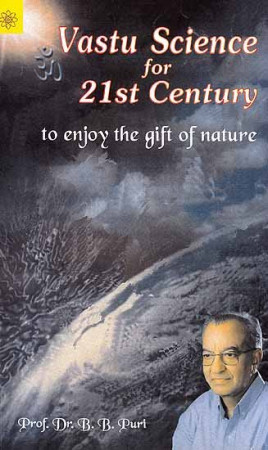
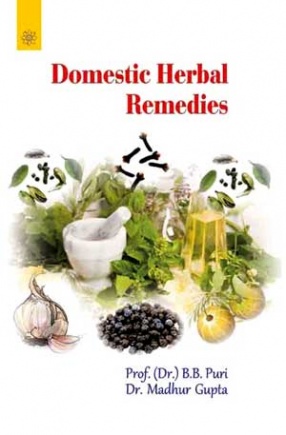
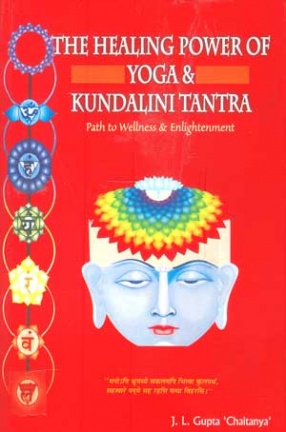
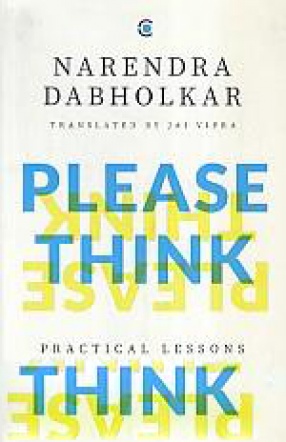
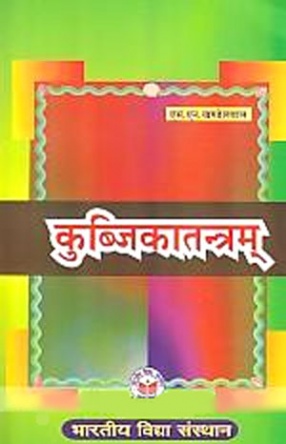
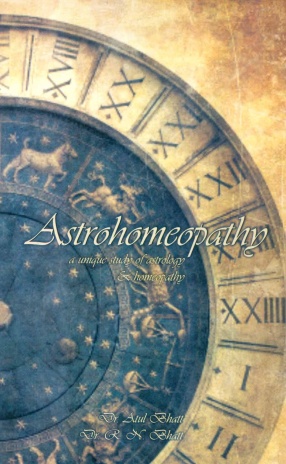

Bibliographic information